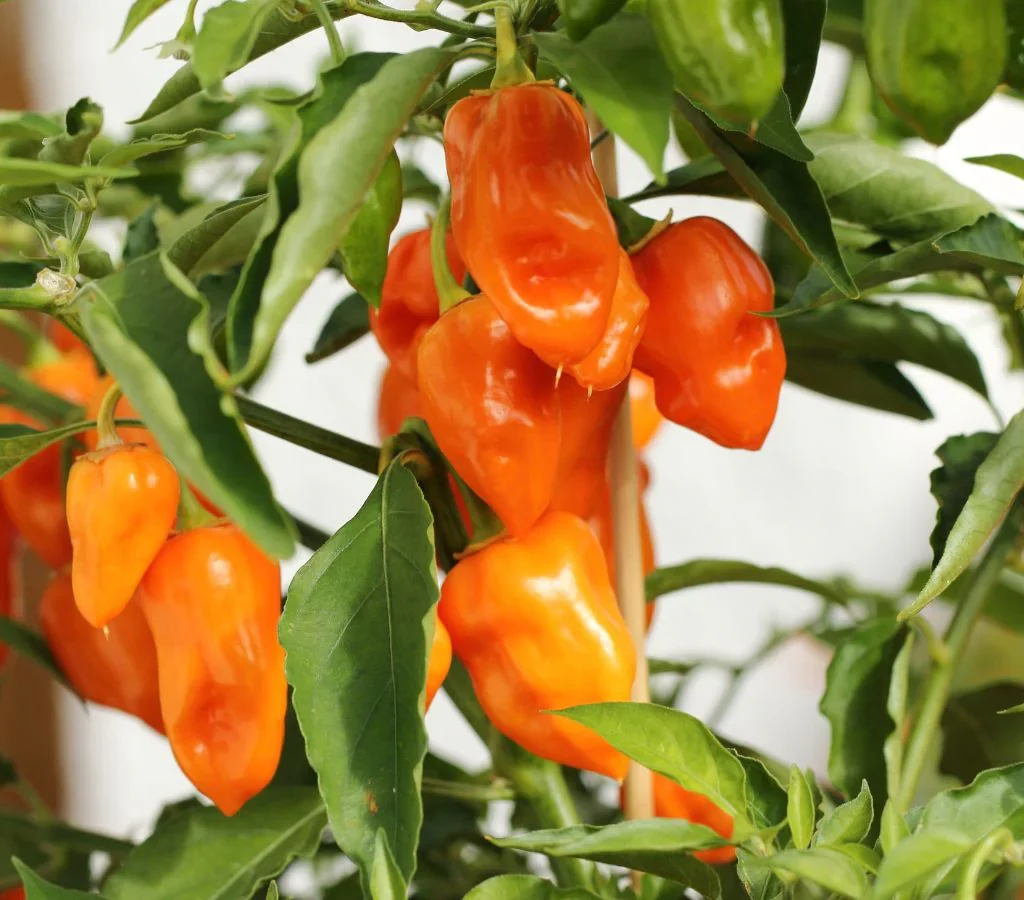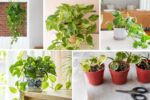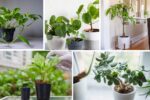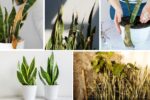If you’re looking to add vibrant color, flavor, and a little spice to your garden, peppers are one of the best plants to grow. Whether you prefer the crisp sweetness of bell peppers or the fiery kick of jalapeños, habaneros, and cayenne, these versatile vegetables are surprisingly easy to cultivate at home.
In this complete guide, we’ll walk you through how to start growing peppers—from choosing the right variety and starting seeds to planting, caring, and harvesting your bounty.

Why Grow Peppers?
There’s plenty of good reason to grow peppers in your home garden:
- Wide variety of flavors and heat levels — from mild to scorching.
- Versatile culinary uses — stir-fries, salsas, pickles, roasts, and sauces.
- Colorful plants that brighten up your vegetable patch or containers.
- Cost-effective and chemical-free produce straight from your backyard.
- Great for both small spaces and larger gardens since many varieties thrive in pots.
Types of Peppers to Grow
Before you start planting, it’s essential to pick the right pepper for your garden, climate, and palate. Peppers fall into two main categories:
1. Sweet Peppers
- No heat, excellent for salads, grilling, and stuffing.
- Popular varieties: Bell Pepper, Banana Pepper, Cubanelle.
2. Hot Peppers
- Ranges from mildly spicy to tongue-blistering.
- Popular varieties: Jalapeño, Cayenne, Habanero, Poblano, Ghost Pepper.
Pro tip: Check the Scoville Heat Unit (SHU) scale to gauge a pepper’s spiciness.

When to Plant Peppers
Peppers love warmth and thrive when temperatures consistently stay above 70°F (21°C). They’re highly sensitive to cold, so timing is critical.
- Start seeds indoors: 8-10 weeks before your last expected frost date.
- Transplant outdoors: 2-3 weeks after the last frost, when the soil has warmed.
- Direct sowing outdoors: Not recommended in most climates unless summers are long and hot.

Starting Peppers from Seeds
Materials Needed:
- Quality pepper seeds
- Seed-starting mix
- Small pots, seed trays, or peat pellets
- Grow lights or a sunny south-facing window
- Water spray bottle
Step-by-Step:
- Fill containers with a moist, sterile seed-starting mix.
- Plant seeds ¼ inch deep and lightly cover with soil.
- Keep the soil consistently moist but not soggy.
- Maintain a warm environment (75-85°F/24-29°C ideal for germination).
- Provide 14-16 hours of bright light daily.
- Seeds germinate in 7-21 days depending on variety.
Pro tip: Use a seed heat mat to speed up germination.

Transplanting Seedlings
Once seedlings have 2-3 sets of true leaves and the outdoor temperatures are reliably warm:
- Harden off seedlings by placing them outdoors for a few hours a day for a week, gradually increasing exposure.
- Transplant into your garden or larger containers.
- Space 12-24 inches apart depending on the variety.
- Choose a location with full sun (at least 6-8 hours daily).
- Use fertile, well-draining soil with a pH of 6.0-6.8.

Caring for Pepper Plants
Watering
- Peppers need consistent, even moisture.
- Water deeply, about 1-2 inches per week, more during hot weather.
- Avoid overwatering to prevent root rot.
- Use mulch to retain moisture and regulate soil temperature.
Fertilizing
- Use a balanced 10-10-10 or 5-10-10 fertilizer when planting.
- Feed again when flowers appear and after the first fruit set.
- Avoid excessive nitrogen as it promotes leaf growth at the expense of fruit.
Mulching
- Apply organic mulch (straw, shredded leaves, or grass clippings) around the base to conserve moisture, suppress weeds, and deter soil-borne diseases.
Supporting Plants
- Larger varieties benefit from staking or caging to support heavy fruit.

Common Pests and Problems
| Problem | Cause | Solution |
|---|---|---|
| Aphids, whiteflies | Sap-sucking insects | Blast with water, introduce ladybugs, or use neem oil |
| Blossom end rot | Calcium deficiency or uneven watering | Maintain consistent moisture, add calcium if needed |
| Yellowing leaves | Overwatering or nutrient deficiency | Adjust watering, fertilize appropriately |
| Fungal diseases | Humid, overcrowded conditions | Provide good airflow, avoid overhead watering |
Pollination and Flowering
Peppers are self-pollinating, but pollinators like bees help improve yields. If pollination is low:
- Gently shake flowers to distribute pollen.
- Use a small paintbrush to transfer pollen between flowers.
Companion Planting
Plant peppers alongside:
- Basil (repels pests and improves flavor)
- Marigolds (deterrent for aphids)
- Onions and carrots (good neighbors)
Avoid planting peppers near:
- Fennel (can inhibit growth)
- Kohlrabi and cabbage (competes for nutrients)
Harvesting Peppers
Timing your pepper harvest affects flavor and heat levels.
- Green peppers can be harvested when firm and full-sized.
- Leaving them on the plant longer allows colors to deepen (red, yellow, orange) and flavors to sweeten or intensify in heat.
- Use sharp scissors or pruners to cut fruit cleanly, avoiding damage to branches.
- Frequent harvesting encourages continued production.
Pro tip: Wear gloves when handling hot peppers to avoid skin irritation.
Storing and Using Peppers
- Fresh peppers last 1-2 weeks in the fridge.
- Freeze sliced peppers for soups and stir-fries.
- Dry hot peppers for spice blends and flakes.
- Pickle or ferment for year-round treats.
- Make hot sauces, relishes, or jams.
Final Tips for Successful Pepper Growing
- Rotate crops yearly to prevent soil-borne diseases.
- Regularly prune damaged leaves or excess growth for better airflow.
- Mulch heavily to control weeds and maintain soil temperature.
- Avoid planting peppers where tomatoes, eggplants, or potatoes grew the previous year.
Conclusion
Growing your own peppers is both satisfying and straightforward, whether you’re after sweet bell peppers or fiery chilis. With the right care, timing, and a bit of attention to detail, you’ll be rewarded with a bountiful harvest of vibrant, flavorful peppers to spice up your kitchen.
From starting seeds indoors to harvesting crisp, colorful fruit, this guide covers everything you need to know about how to start growing peppers successfully. So grab some seeds, roll up your sleeves, and let’s get growing!



